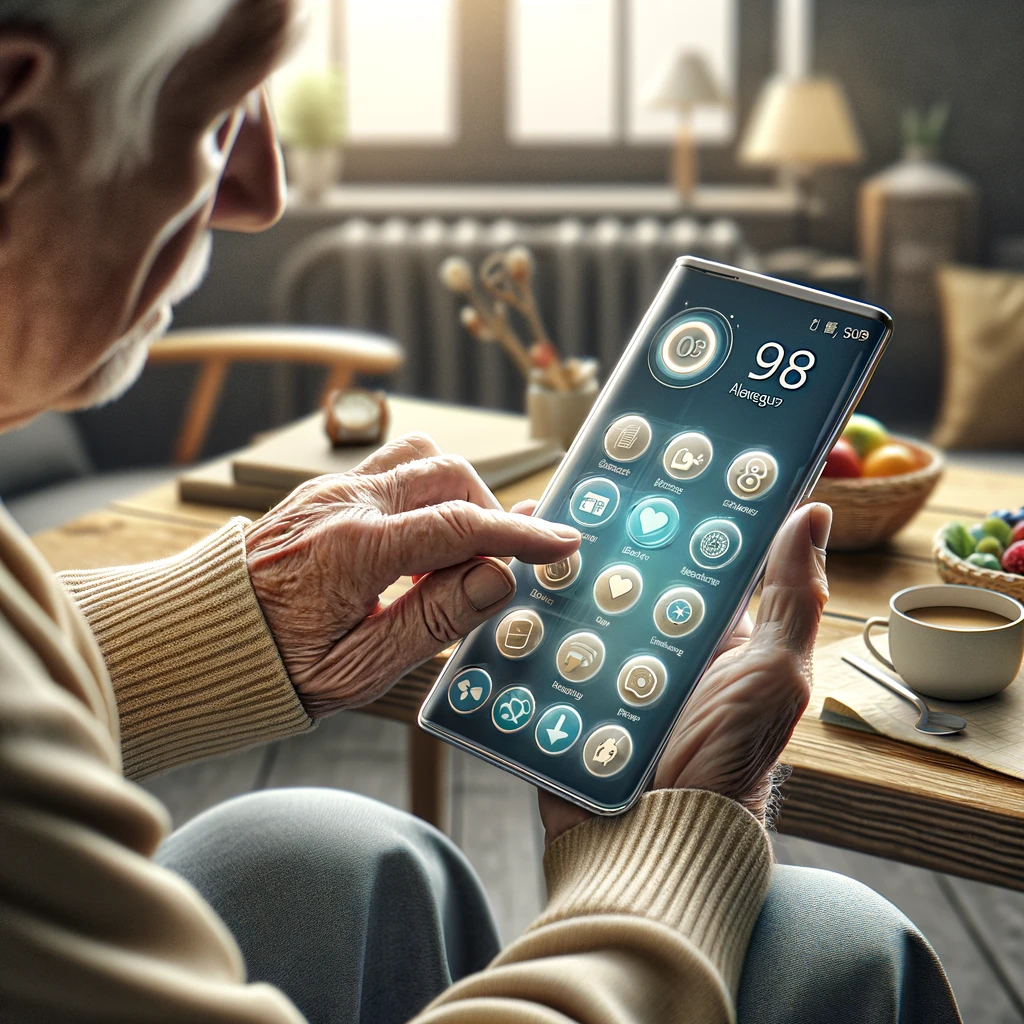Introduction
In a world increasingly driven by technology, a significant challenge is making these advancements accessible and user-friendly for seniors, many of whom may be skeptical or wary of new technologies. This skepticism often stems from a lack of familiarity, fear of complexity, or concerns about privacy and security. In this post, we’ll explore why it’s essential to bridge this gap and how we can make technology more approachable for the older population.
Understanding the Skepticism
Firstly, it’s important to understand the root causes of skepticism among seniors regarding technology. For many, there’s a fear of the unknown, compounded by the rapid pace of technological change. There’s also a concern about the usability of tech products, with interfaces often not designed with the elderly in mind.
Simplifying User Interfaces
One solution is the development of simplified user interfaces. Tech companies are now recognizing the need for more intuitive designs that are easier for seniors to navigate. Large icons, voice commands, and touchscreens with easy-to-read fonts can make a significant difference.
Personalized Technology Education
Education plays a crucial role in demystifying technology for seniors. Offering personalized, hands-on training sessions can help them understand the basics and see the practical benefits of using technology in their daily lives. Community centers, libraries, and senior living facilities are ideal venues for such educational programs.
Building Trust with Privacy and Security
Addressing privacy and security concerns is crucial in building trust. Seniors need assurance that their data is safe and that they have control over their privacy settings. Clear explanations about data security measures and easy-to-understand privacy policies can help alleviate these concerns.
Fostering a Supportive Community
Creating a supportive community where seniors can share their experiences and learn from each other is also beneficial. Peer-led tech workshops or online forums can provide a space for seniors to ask questions and get advice from others who have successfully integrated technology into their lives.
The Role of Caregivers and Family
Caregivers and family members can play a supportive role in introducing technology to seniors. They can assist in setting up devices, teaching basic functions, and providing ongoing support as seniors become more comfortable with technology.
Highlighting Real-Life Benefits
Demonstrating the real-life benefits of technology can also help overcome skepticism. Whether it’s staying connected with family through video calls, monitoring health with wearable devices, or enjoying digital entertainment, showing practical applications can make technology more appealing.
Conclusion
Making technology accessible and user-friendly for seniors is not just about designing better products; it’s about understanding their needs, addressing their concerns, and providing the right support and education. By doing so, we can help bridge the digital divide and open up a world of opportunities for our older population.
Call to Action
Are you a senior who has embraced technology, or do you know someone who has? Share your experiences and tips in the comments below. Let’s learn from each other and make technology a more inclusive and beneficial part of everyone’s life.



Leave a Reply